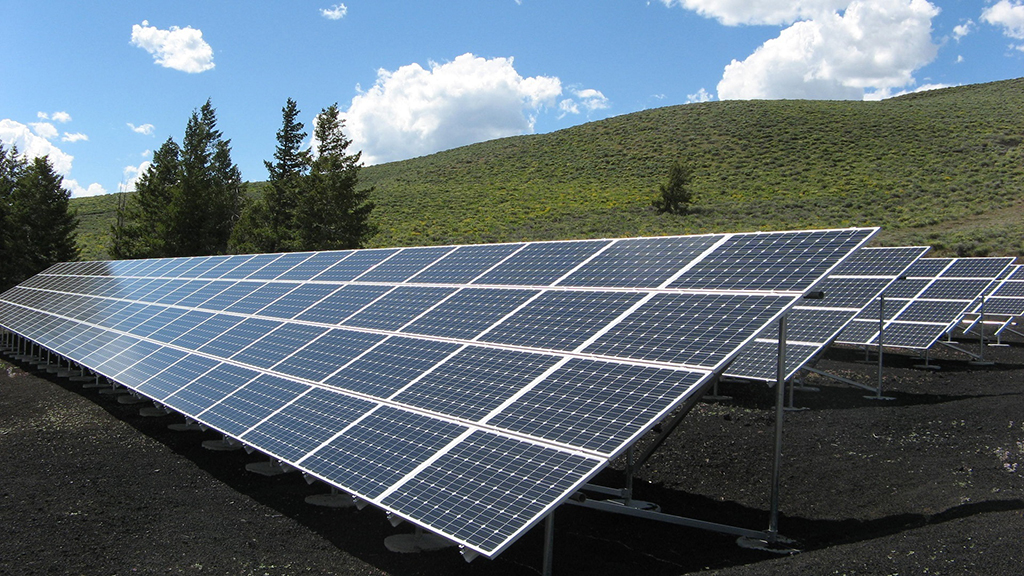On May 23, New Jersey Governor Phil Murphy signed two bills to raise the state’s renewable portfolio standard (RPS) to 50% by 2030 (one of the most ambitious goals in the country), as well as establish a Zero Emissions Certificate (ZEC) program to subsidize NJ’s nuclear power plants (similar to New York and Illinois). The expansion of the RPS requirements, particularly increasing NJ’s solar target, will have an immediate impact on customers in the state as of June 1st, while the ZEC program, once established, will also increase customer bills. Read on to learn what increases to expect and how to manage these changes moving forward.
A-3723 – The Renewable Energy bill
Introduced in March, passed by the state legislature in April and signed into law on May 23, NJ has increased its renewable portfolio standard (RPS) to 35% by 2025 and 50% by 2030, in line with leading clean energy states New York and California. According to the Governor’s press release, programs include:
- Renewable Energy Standard: This establishes one of the most ambitious renewable energy standards in the country by requiring 21 percent of the energy sold in the state be from Class I renewable energy sources by 2020; 35 percent by 2025 and 50 percent by 2030. A cap on costs provides additional protections for consumers.
- Solar: This provision reforms the state’s solar program by making near-term structural changes to ensure that the program is sustainable over the long term.
- Offshore Wind: The bill codifies the Governor’s goal of 3,500 MW of offshore wind by 2030. It also reinstates an expired program to provide tax credits for offshore wind manufacturing activities.
- Energy Efficiency: This requires each utility to implement energy efficiency measures to reduce electricity usage by 2 percent and natural gas usage by 0.75 percent.
- Community Solar: The bill establishes a community solar energy program to allow all New Jersey residents to benefit from solar energy.
- Energy Storage: This provision codifies the Governor’s goal of achieving 600 MW of energy storage by 2021 and 2,000 MW by 2030.
The immediate impact on electric invoices will be due to the increased solar carve out – the percentage of energy required to be generated by solar. Beginning with Energy Year (EY) 2019 (6/1/18 – 5/31/19), the solar carve-out will increase as follows:
| Energy Year (6/1 – 5/31) |
Old |
New (per A3723) |
| EY 2019 |
3.290% |
4.300% |
| EY 2020 |
3.380% |
4.900% |
| EY 2021 |
3.470% |
5.100% |
| EY 2022 |
3.560% |
5.100% |
| EY 2023 |
3.650% |
5.100% |
| EY 2024 |
3.740% |
4.900% |
| EY 2025 |
3.830% |
4.800% |
| EY 2026 |
3.920% |
4.500% |
| EY 2027 |
4.010% |
4.350% |
| EY 2028 |
4.100% |
3.740% |
| EY 2029 |
|
3.070% |
| EY 2030 |
|
2.210% |
| EY 2031 |
|
1.580% |
| EY 2032 |
|
1.400% |
| EY 2033 |
|
1.100% |
According to retail energy supplier, Engie, the increased RPS and solar carve-out is projected to impact customers between $.0025/kWh to $.003/kWh. The regulatory change provision in all third-party supplier contracts allows the pass-through of any changes due to regulatory or legislative actions, and this pass through will likely hit your invoice as of the June billing period.
Additional highlights from A3723:
- The SREC program will be closed to new entrants once 5.1% of kWh sold in NJ are generated by solar, and the SREC program will be replaced with a new or modified program
- An offshore wind renewable energy credit (OREC) program will be established, and a separate carve out for offshore wind production, similar to solar, will be established in order to support at least 3,500 MWs of offshore wind projects, so expect additional costs related to ORECs in the future
S-2313 – Zero Emission Certificate program
The second bill signed by Gov. Murphy on May 23 was S-2313, which establishes a zero emission certificate (ZEC) program for nuclear power plants. The law outlines why a ZEC program is needed, eligibility requirements for nuclear power plants, and most importantly for you, the cost.
“Within 150 days after the date of enactment of this act, each electric public utility shall file with the board a tariff to recover from its retail distribution customers a charge in the amount of $0.004 per kilowatt-hour which reflects the emissions avoidance benefits associated with the continued operation of selected nuclear power plants. Within 60 days after the tariff filing required pursuant to this paragraph, after notice, the opportunity for comment, and public hearing, the board shall approve the tariff, provided that it is consistent with the provisions of this subsection.”
Based on the excerpt above, NJ utilities will likely start collecting the $.004/kWh ZEC charge no later than 12/19/18, with excess monies collected to be refunded to customers (the $.004/kWh charge will remain the same for 3-years, subject to adjustment for the next 3-year eligibility period). Unlike NY, the ZEC charge will be collected by your distribution company (e.g. PSEG), not your retail electricity supplier.
With increased mandatory sustainability reporting requirements, tariff changes due to legislation addressing the accelerated adoption of renewables, and volatile energy and capacity prices due to the shifting mix of generation across the country, it is important to work with a trusted energy advisor who understands the market. Through our watchwire utility data management, auditing, and reporting platform and strategic procurement process, EnergyWatch can help you simplify your energy reporting, reduce your energy expenses, and measure and verify your performance.
 Top Sustainability Trends to Watch in 2025
Top Sustainability Trends to Watch in 2025

 Log In
Log In








